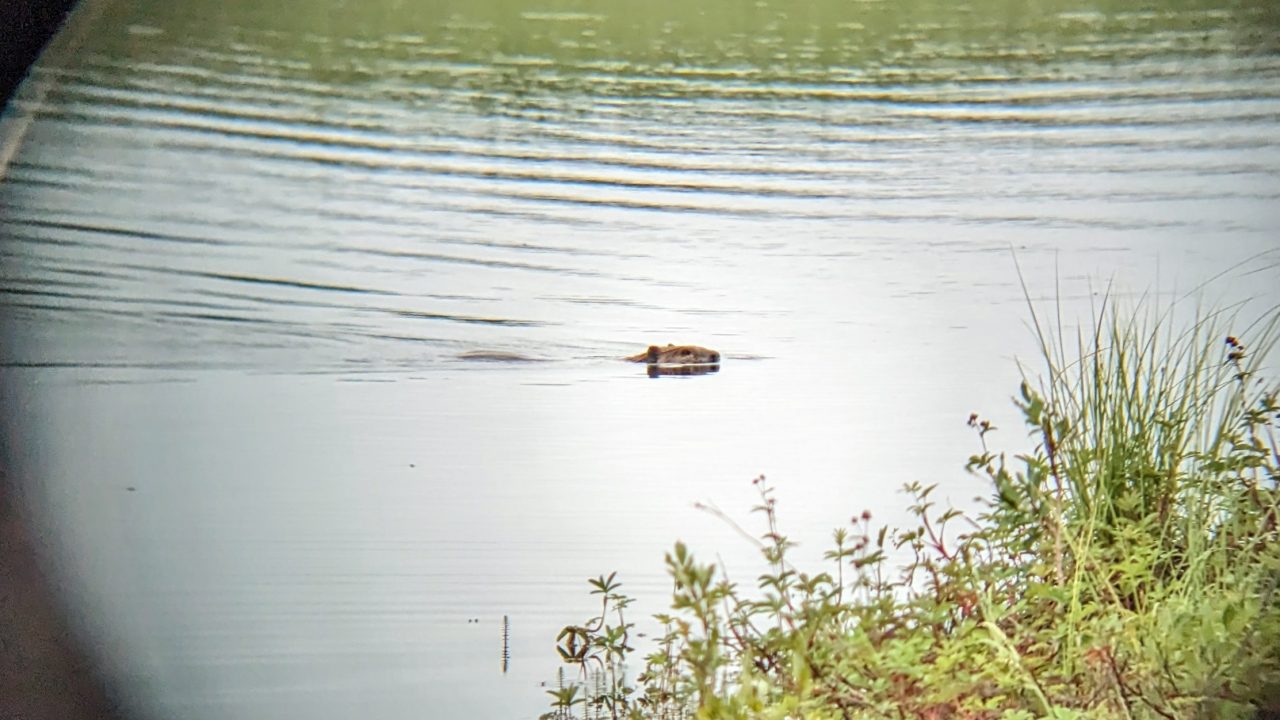Beavers and Socio-ecological Resilience in Inuit Nunangat
Our October CINUK feature focuses on the Beavers and Socio-ecological Resilience in Inuit Nunangat (BARIN) project. This project, funded by Polar Knowledge Canada (POLAR), Fonds de recherche du Québec (FRQ) and UK Research and Innovation (UKRI), is one of the 13 CINUK projects and is co-led by Philip Marsh, Wilfrid Laurier University (Canada) and Helen Wheeler from Anglia Ruskin University (ARU), UK, with participants from more than ten organisations from across Canada, Inuit Nunangat, and the United Kingdom.
The BARIN project aims to understand the impacts of increasing populations of beavers across the Inuvialuit Settlement Region (ISR) in Inuit Nunangat. This increase in beaver population, particularly north of the treeline, is having dramatic effects on the ecosystems which impact local communities and their wellbeing.
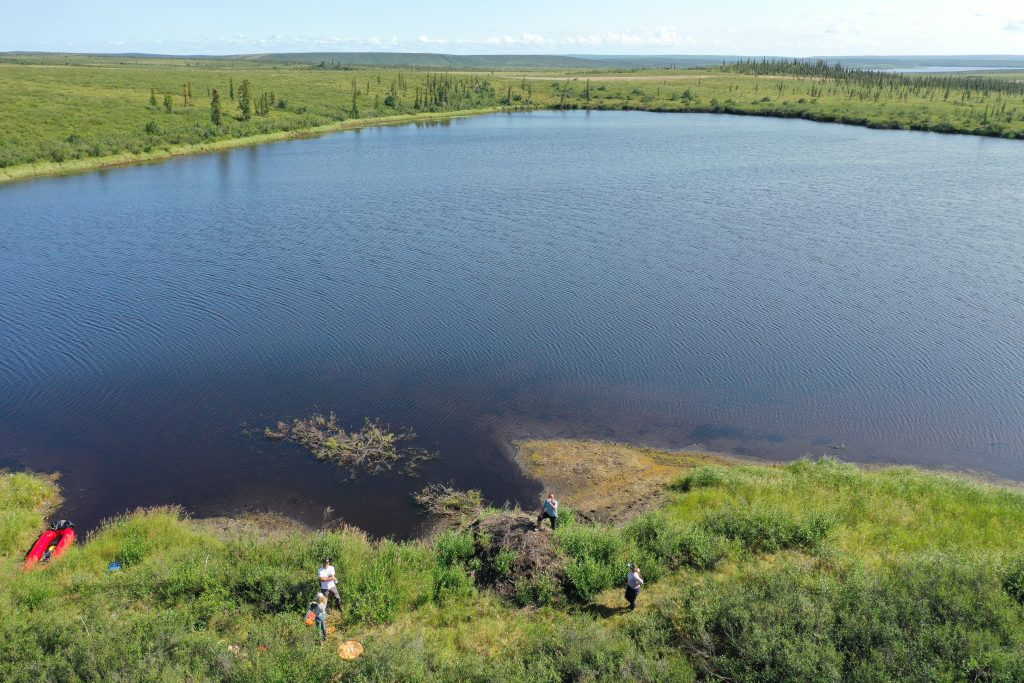
Working together with the Inuvialuit Fish Joint Management Committee (IFJMC), the project seeks to examine and synthesise the interlinkages between:
- Beaver occupancy;
- Changes to stream and lake characteristics as a result of beaver occupancy;
- Impacts on local fish populations,
- Impacts on local communities and their wellbeing.
The team will then look to create tools to help people monitor future changes and to help address pressing management concerns around beavers.
During July and August this year, some of the team travelled to the ISR to conduct fieldwork with support from the Inuvialuit Game Council and Inuvik, Tuktoyaktuk, and Aklavik HTCs. Some highlights from the team’s visit to the ISR include:
Mapping the impacts of beavers – working with Imaryuk monitors and representatives of local Hunters and Trappers Committee and the IFJMC, Callum Pearce from ARU spent time talking to people in Inuvik and Tuktoyaktuk about how beavers have affected subsistence harvesting activities. This involved participatory mapping to see where beavers have been encountered and how their lodges and dams have affected the ways people move through the land, in both summer and winter. Further interviews and mapping will be carried out in February 2024 in Inuvik and Aklavik.
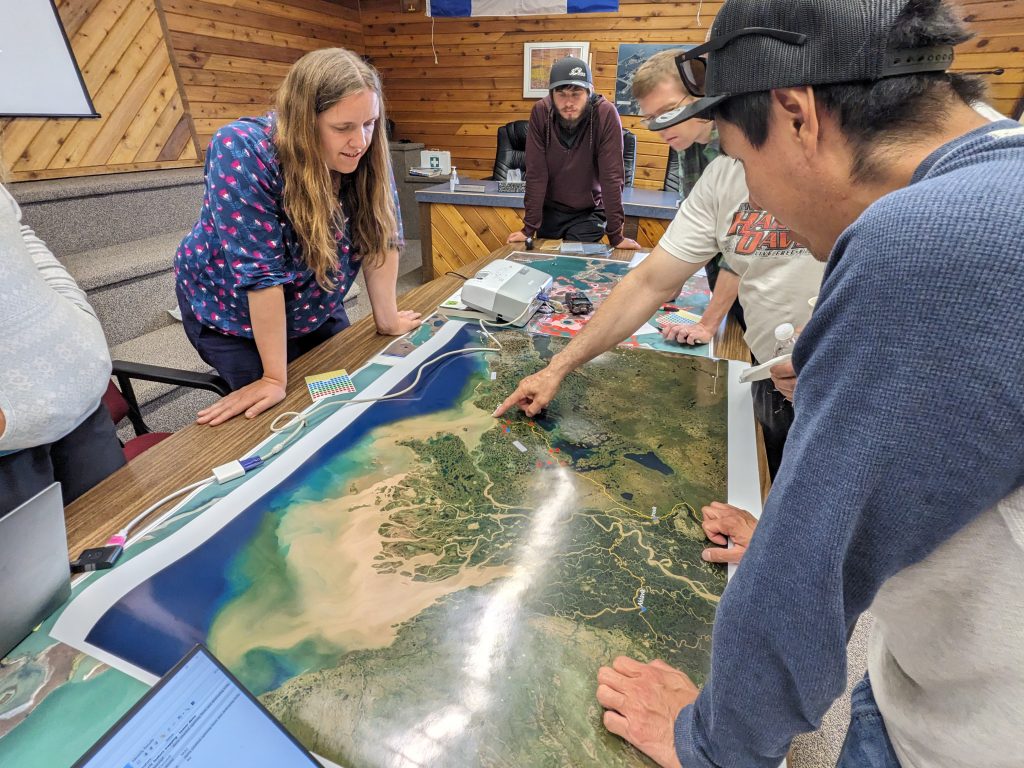
Observing beaver impacts on lakes – Katie Bennett, a PhD student at the University of Montreal working with Dr Oliver Sonnentag, has spent time over the summer measuring emissions of methane, carbon dioxide, and nitrous oxide gases from multiple lakes near the Trail Valley Creek Research Station. These lakes have varying levels of beaver activity, ranging from no beavers present to beavers currently damming and living in the lake. This allows the BARIN team to gain a better understanding of how beavers change lake chemistry and gas emissions and how lakes may recover once beavers are no longer active there.
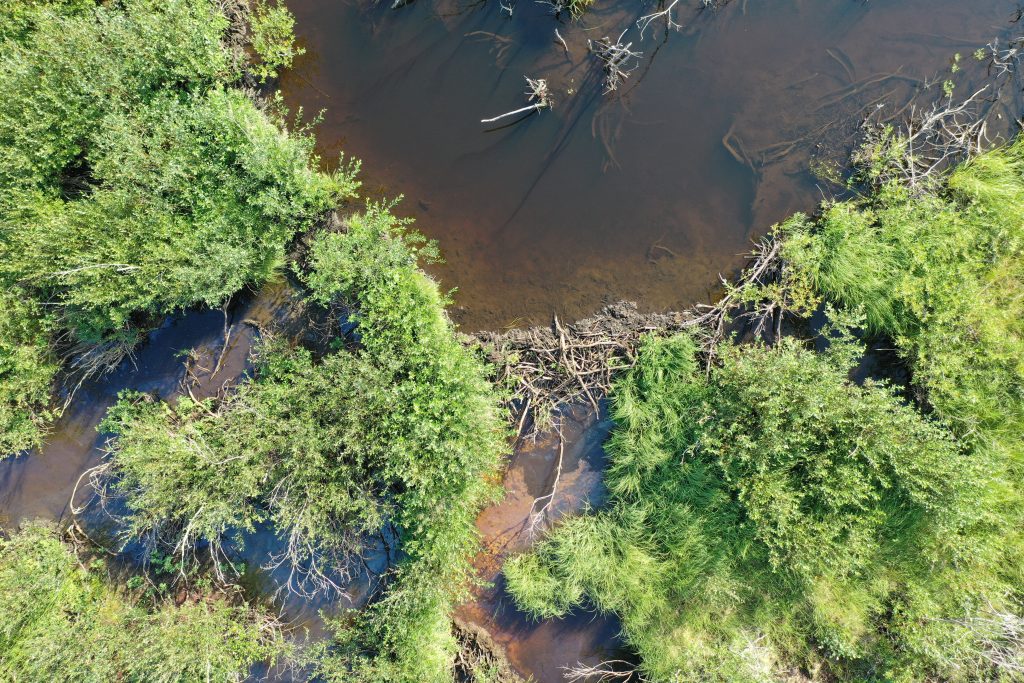
Investigating the impacts of beaver activity on stream food web structure and mercury bioaccumulation – Mathew Mervyn with the Wilfrid Laurier University/ECCC team looked at six streams north of Inuvik that had been impacted by beavers. Conductivity loggers were installed downstream of the beaver dams and water level loggers were installed upstream, which will allow for ongoing monitoring of the streams. In addition, the team installed packs of dried leaves to collect benthic macroinvertebrates. These organisms can then inform about the food web and the health of these streams. The team will then return to Inuvik in August 2024 to collect additional benthic macroinvertebrates, fish and vegetation which will then allow the team to measure mercury bioaccumulation through the entire food web, from plants to fish.
Understanding beaver occupancy – Georgia Hole from ARU spent time over the summer working along the Inuvik-Tuktoyaktuk highway alongside local people, surveying signs of beaver occupation such as beaver lodges and dams and taking samples of shrubs cut by beavers at these sites. The team worked with wildlife monitors and community researchers who provided invaluable local knowledge of the landscape and beaver habitats, as well as working with the team in data collection processes and learning how to use drones to identify key sites. Georgia was able to collect over 800 samples which she will now analyse back in the UK to gain information on when beavers were present at the sites that were found, and how established or temporary populations have been.
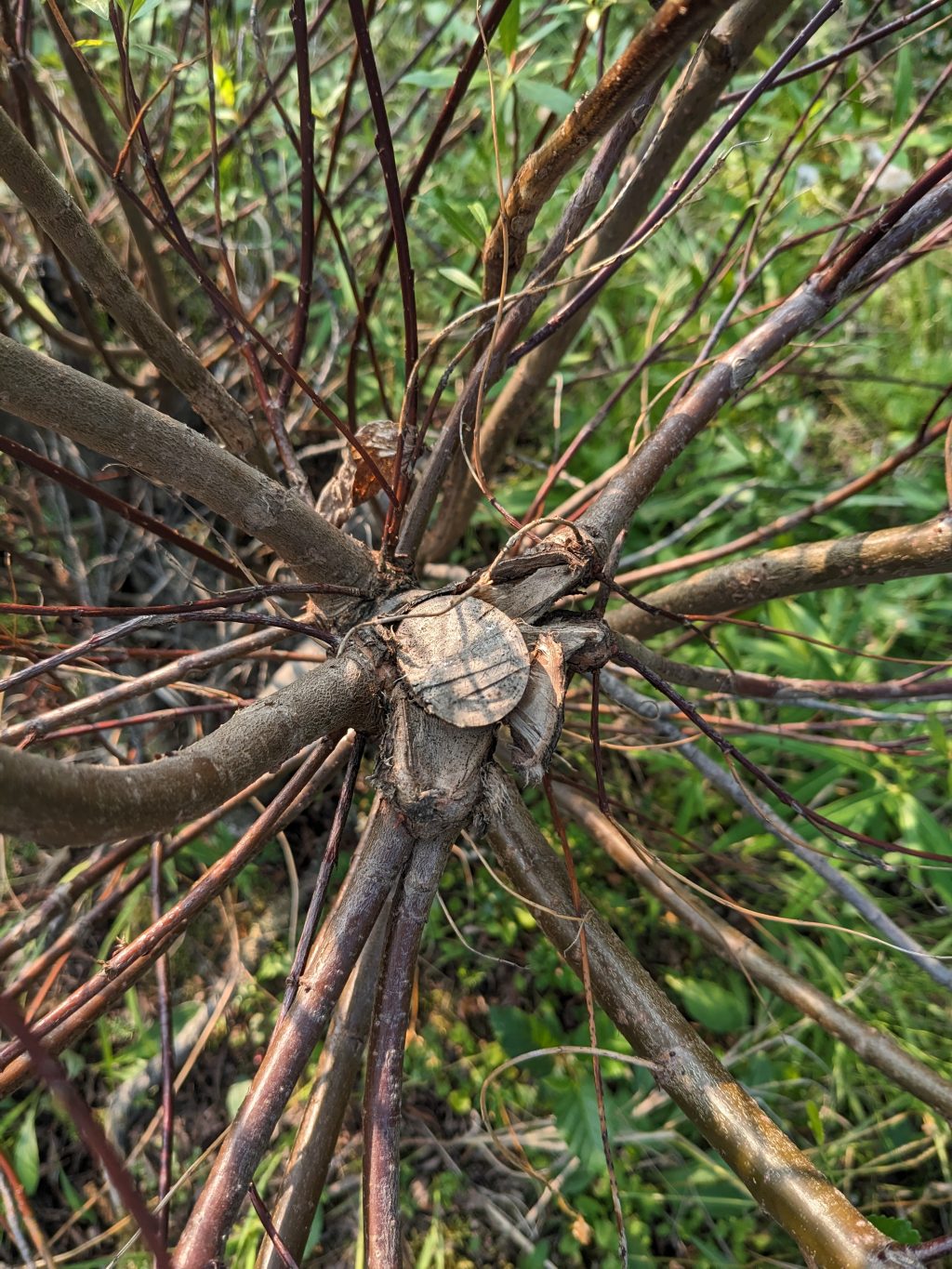
We look forward to finding out more about the work the team have been carrying out at the Annual Science Meeting in November. In the meantime, watch this space for further updates about the BARIN project and the ‘Meet the Team’ posts coming up over the next couple of weeks!
Further information about the project can be found on the BARIN project webpage and the Team’s Facebook page!
